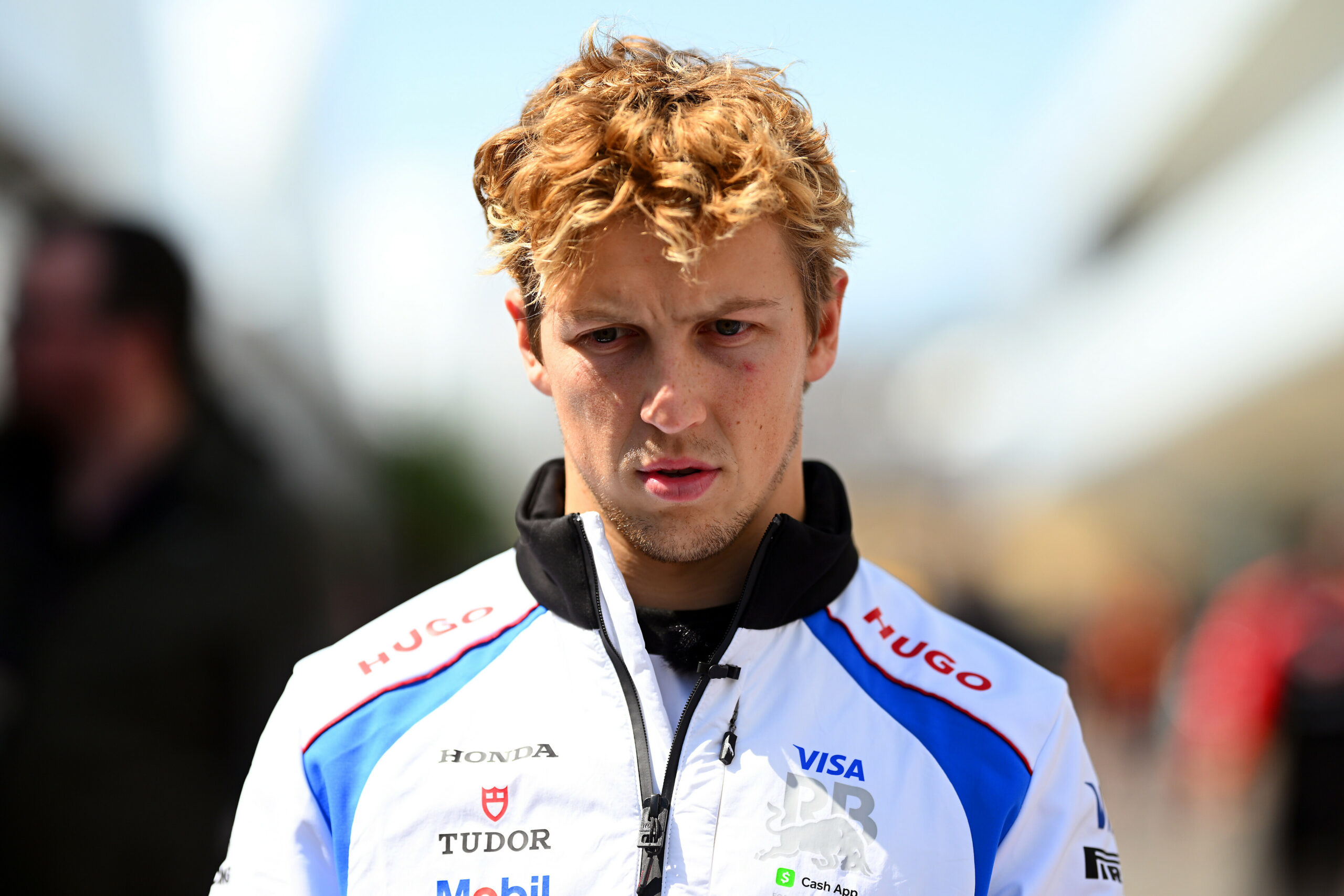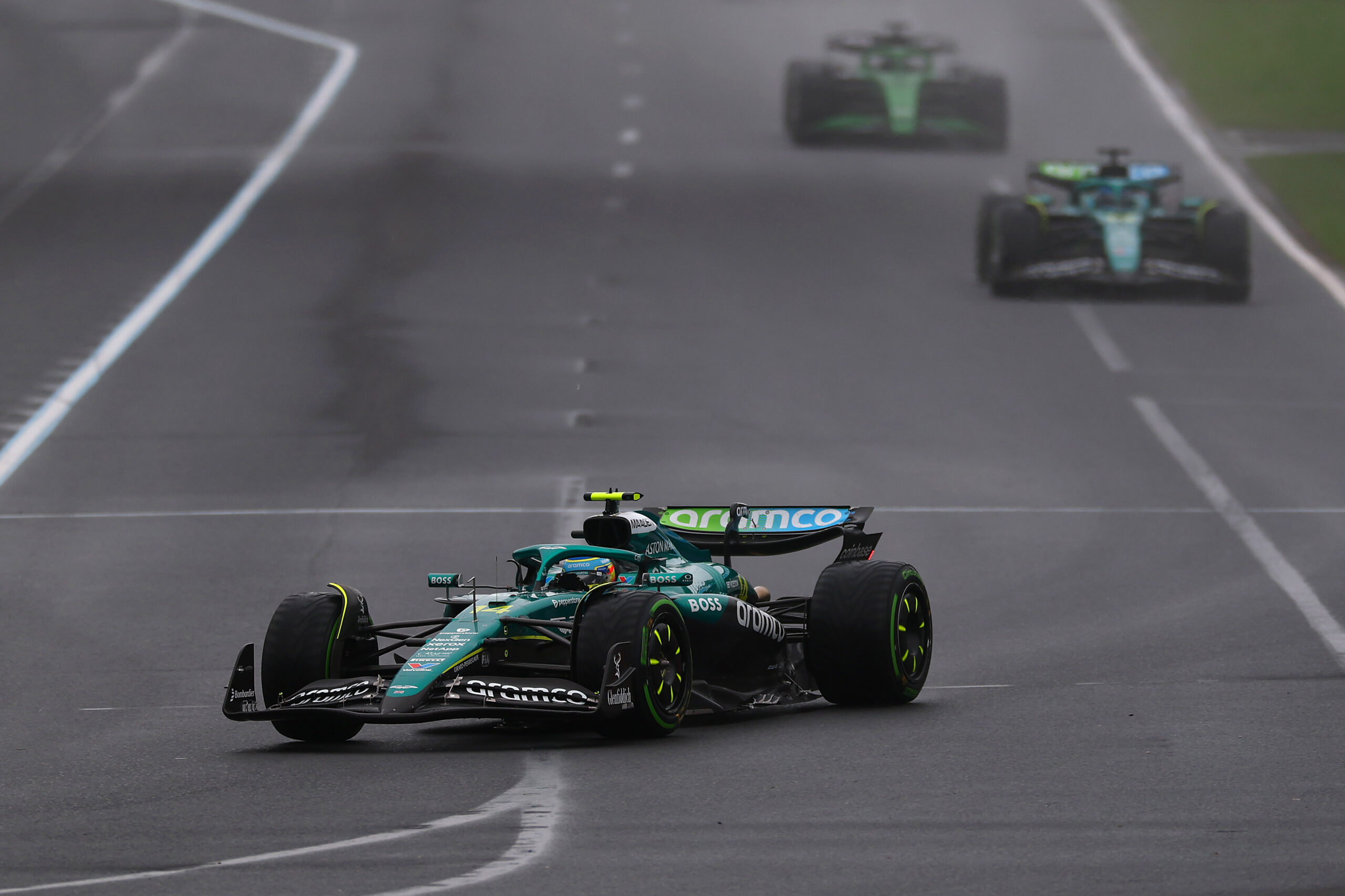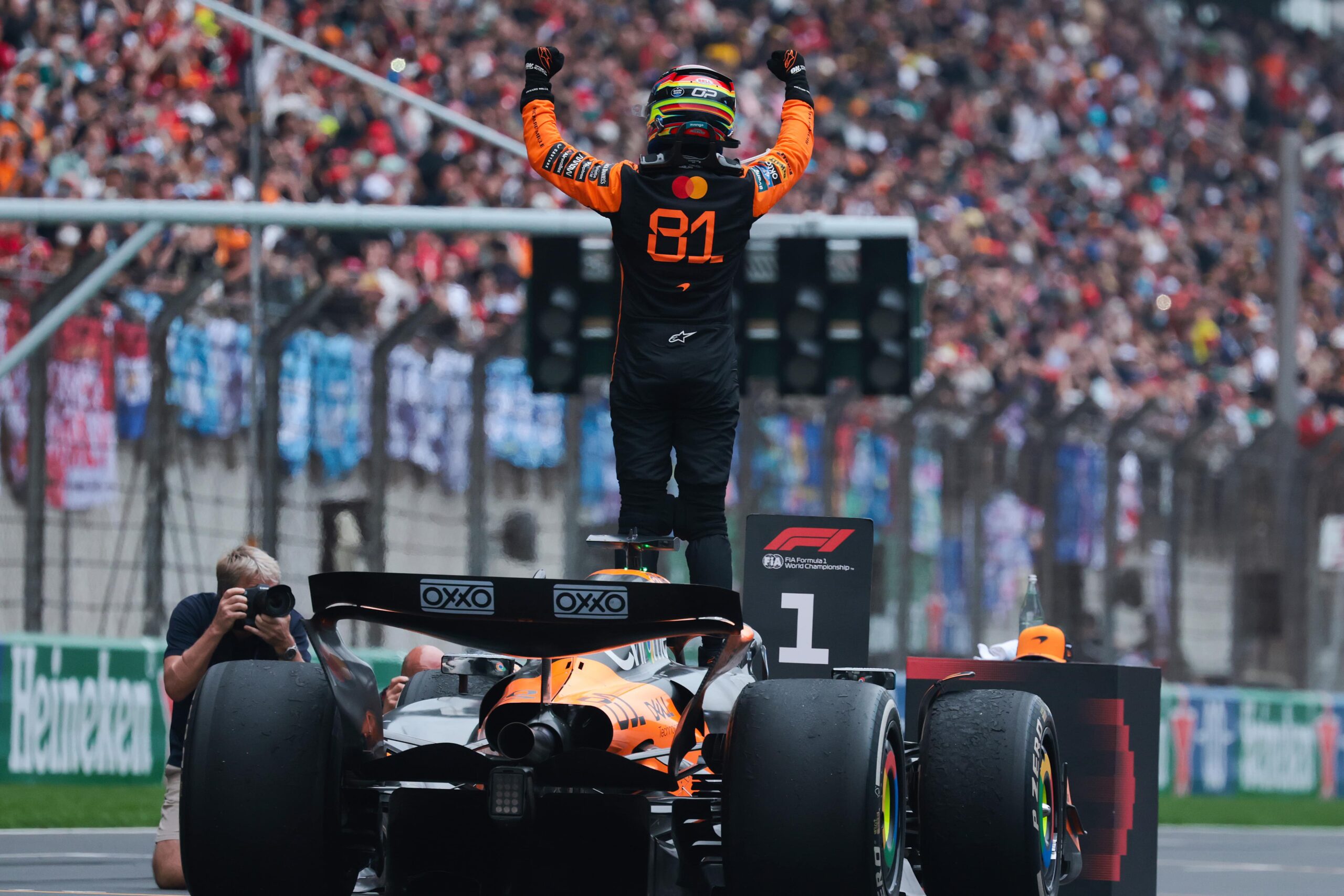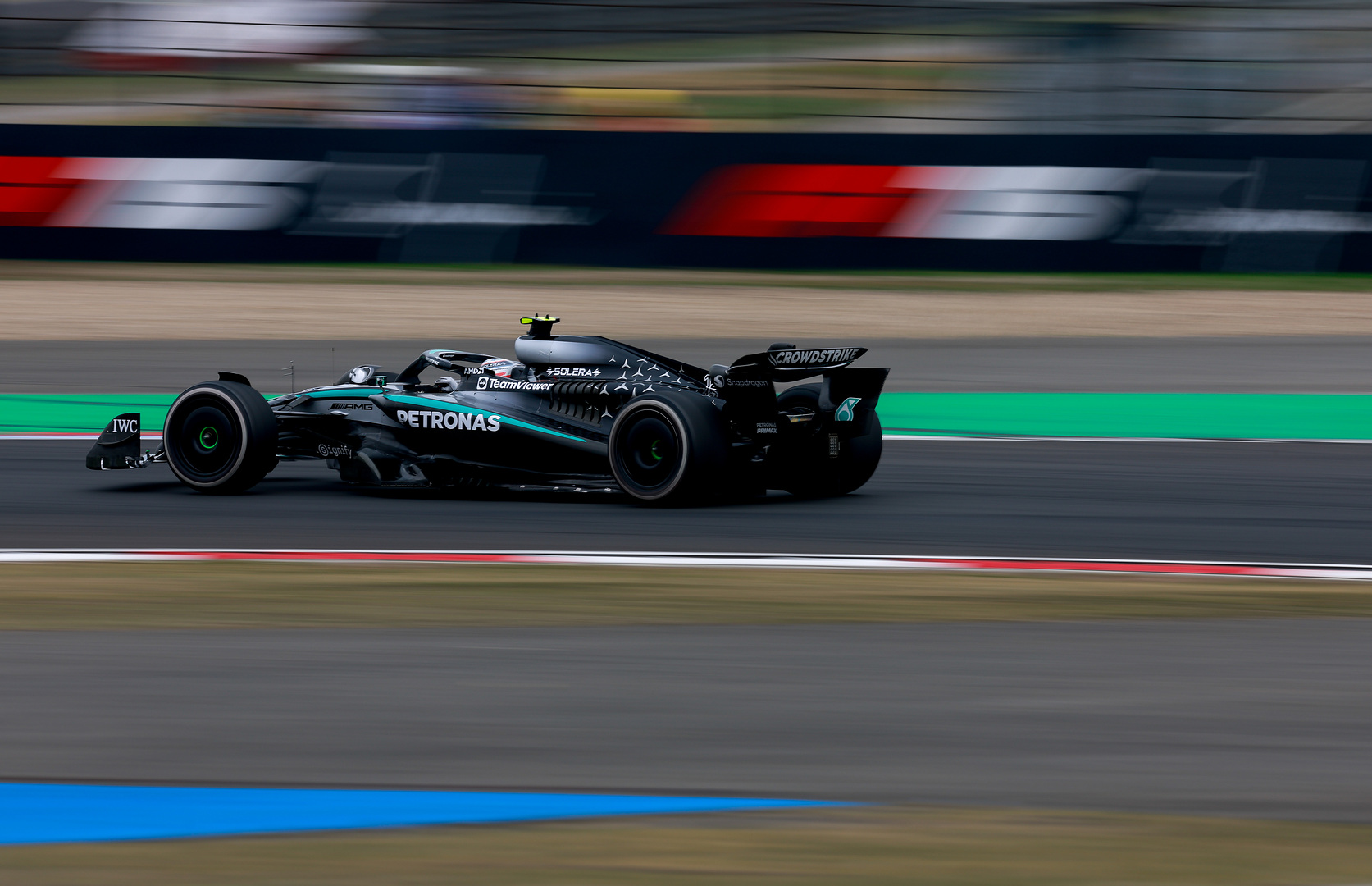By Lenny Sundahl
This is part of a recurring series looking back 20 years at one of the more eventful seasons in recent Formula 1 history. Amidst the dominant run of Michael Schumacher and Ferrari, 2003 stood out not just as the one season of his five straight titles where Schumacher was seriously challenged all season, but as a marker for several trends that shaped Formula 1 into what it is today.
While Formula One has strived for diversity in recent years, it is still largely a Eurocentric sport. In 2023, all but one team claim European registry, 13 of 20 drivers are European–with all spending formative time primarily in European-based feeder systems–and 10 of 23 races will be in Europe, more than any other continent. These splits are almost identical to twenty years ago–even accounting for drivers that came over from CART/Indycar and Formula Nippon (now Super Formula), all drivers had run at least a season in various European Formula Three series.
However, the biggest change to this has been on the race calendar. In 2003, 11 of 16 races were held in Europe–just one more race than now, but on a significantly shorter schedule. From 1984 through 2003, the Formula One calendar consisted of either 16 or 17 races; there would be venue changes here and there, but the dynamic of the length of the schedule remained largely static. A result of this was that the classic venues of Formula One–places like Monza, Monaco, Spa, Nurburgring–were standing in the way of expanding the calendar into new locales.
This began to change in the late 1990s, primarily focused on Asia. While efforts to run a Chinese round at Zhuhai stalled, in 1999 the Sepang International Circuit hosted the first Malaysian Grand Prix, the first Asian round held outside Japan. The race would stay on the calendar for 19 years. In 2004, a Chinese Grand Prix–in Shanghai–would finally get off and running, as well as a new race in Bahrain. While the Chinese round has been on perpetual hiatus since COVID, Sakhir has become a fixture not only as a race venue, but as one of the principal testing sites for Formula One.

Photo: Formula1.com
In 2008 and 2009 they would be joined by Singapore and Abu Dhabi, whose existing opulence not only added to the lustre of the sport, but also introduced night racing to Formula One. This served two purposes: it allowed for races to be held in less oppressive conditions in these hotter localsed, but has also positively impacted the commercial viability of the sport by allowing races in far-flung destinations to be watched by as many people as possible at a reasonable time.
Subsequent races in Saudi Arabia and Qatar will be on at lunchtime in America and dinnertime in Europe, while a Las Vegas race at 10pm–reasonable in a city that, legend has it, never sleeps–will be on in mid-afternoon in Tokyo and early morning in Paris.
This period would also see one more push to re-enter the American market. After a decade without a race, the United States Grand Prix was resumed in 2000 at the Indianapolis Motor Speedway, on a new circuit mostly running on the infield but also incorporating the first turn and main straight–run clockwise, as most Formula One circuits are, to make “turn one” a fast banked final turn heading to the start-finish line.
It resulted in large crowds at the 300,000+ capacity speedway, but its tenure was marred by a 2005 race that saw only six cars take the green flag due to a protest among teams running Michelin tires over safety concerns, and it would leave the calendar after the 2007 running.
Formula One would finally take permanent anchor at Circuit of the Americas in Austin, with the explosion of Netflix’s Formula 1: Drive to Survive spurring the addition of two more races in Miami and Las Vegas in 2022 and 2023, respectively.
Throughout these expansions, it was feared that these come at the expense of familiar European venues. Indeed, races in Austria, Belgium, France, and Germany have been on and off the calendar over the last 25 years, largely due to financial reasons.
Even factoring in shorter-lived Grands Prix such as Korea and India, this resulted in the minimization of the expansion of the calendar to no more than 20 races until 2016, and even the cycling through of former venues in Imola, Mexico City, Zandvoort, and the former Osterreichring and A1-Ring, now christened Red Bull Ring.




